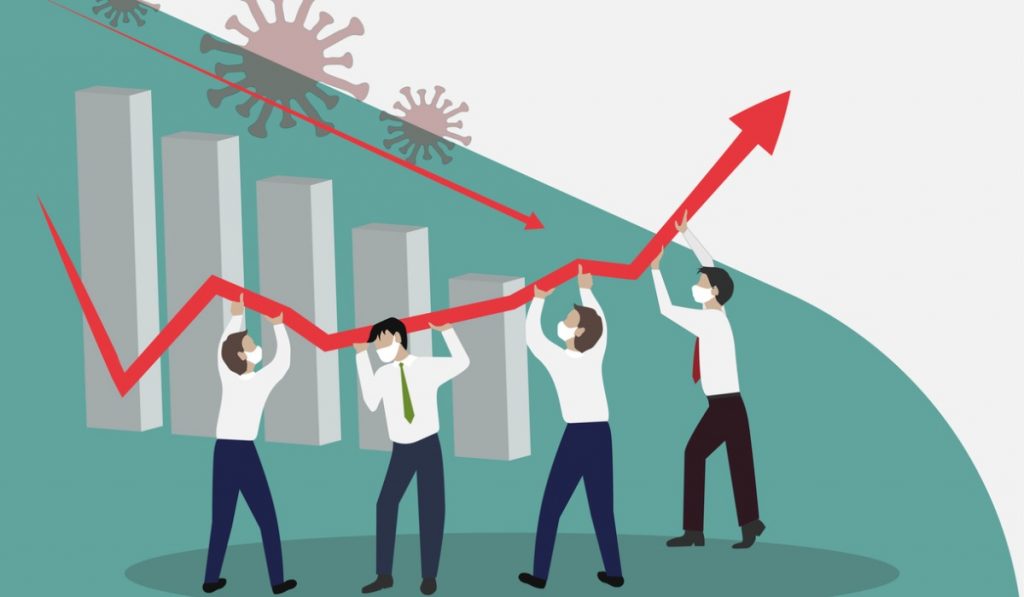In our first insight article, we weigh in on how our company is bracing the impacts of the COVID-19 pandemic.
The unprecedented impact of COVID-19 on the global economy and the commercial real estate (CRE) industry continues to challenge leaders. In 2020 we saw the need to semi-digitize operations, close physical facilities due to extensive lockdowns, and prepare for reopening while ensuring the health and safety of employees and occupiers and considering the financial health of tenants and end-users.
With economic recovery heavily dependent on a vaccine, the length of this downturn remains uncertain. As this article is being written, the British Virgin Islands has now received its first shipment of the AstraZeneca vaccine to be available to residents on a voluntary basis. While in many other parts of the world economic activity is contracting due to a new variant of the COVID-19 virus. As it will take time to deploy the vaccine, we expect growth to remain somewhat constrained for some time
The COVID-19 pandemic demonstrates that any threat to human capital can impose economic damage. Operational disruptions. travel bans, and social distancing pose risks to owner-occupiers and tenants of commercial property while a pause in deal-making and potential temporary credit freezes pose a threat to financing and future deal flow.
As we have seen through the recovery of Hurricane Irma, typically, the marketplace will see some shifts: older buildings that sustained the most severe damage, triggered an uptick in rental rates as businesses move into higher-quality properties and older structures are taken out of the market’s supply. The result was an uptick in the average overall quality as properties were updated or renewed. Furthermore, new solutions, plans and building techniques strengthened hurricane resilience.

While the dynamics of the COVID-19 global pandemic are different from those of a natural disaster and managing a recovery is constrained by the fact that rental properties can seldom be insured against a global pandemic in order to maintain sustainable business operations, we must find ways to deal with these limitations.
We believe that in order to fully recover and prepare to thrive over the next few months of 2021, the focus should be placed on managing costs and improving the operational efficiency of existing commercial spaces. As expected, our leadership has executed a plan to reduce discretionary spending to manage costs over the months of uncertainty.
While we have stabilized our business through these measures, we are aware that there is only so much we can do. We know that we can’t “manage” our way to recovery. We are focused on getting ready to getting started again, once the worst of the COVID-19 pandemic is behind us.
Leadership at this time has to master the art of walking on a tightrope—balancing business recovery, seizing new opportunities, and tenant and employee engagement. This has required a combination of elements: breaking down functional silos, enhancing leadership and organizational agility, increasing levels of collaboration and communication, and engaging in transparent and ethical decision-making. Walking this the tightrope effectively in these ways could mean the difference between success and failure as we move forward in 2021.
Stay positive, stay focused and stay alert.









